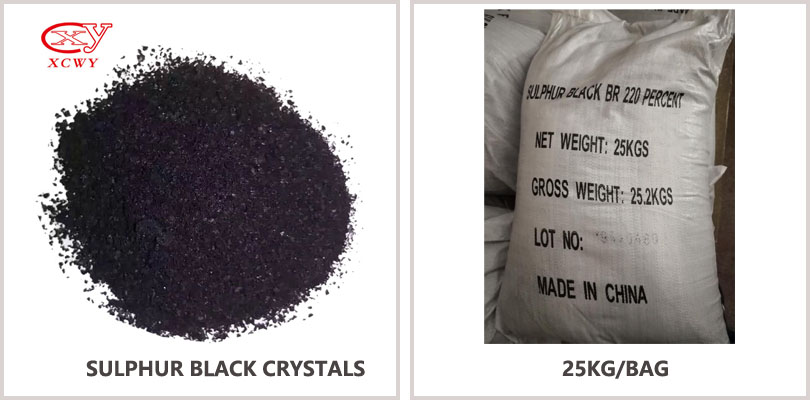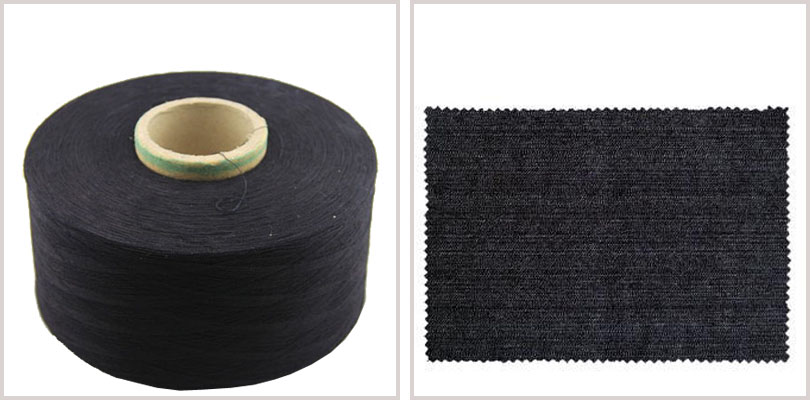Sulphur Black dyes are insoluble in water. Sodium sulfide or other reductants are used to reduce the dyes to soluble leuco. Sulphur Black has affinity to the fibers, and after dyeing then oxidizes to restore their insoluble state and fix them on the fibers.
So sulphur dyes are also a kind of VAT dyes. Sulphur Black dyes can be used for dyeing cotton, linen and viscose fibers with good light fastness. Here we take the main kind Sulphur Black BR C.I. sulphur black 1 as the example. It is hydrolyzed into sodium dinitrophenol solution with dinitrochlorobenzene and sodium hydroxide solution under near boiling condition, and then heat to boil with sodium polysulfide solution according to certain conditions. Prepared by reduction and sulfur addition reaction under pressure or without pressure after boiling.
After the sulfur addition reaction is completed, the Sulphur Black is directly dried in a roller dryer to obtain the original dye. It is then blended into commercial dyes. The different molecule ratio of phenolic sodium to sodium polysulfide, x (i.e. sulfur index) in sodium polysulfide Na2Sx and reaction temperature make the color light of Sulphur Black products different from greenish tone, green-reddish tone and reddish tone. The biggest disadvantage of Sulphur Black dyes is brittle cloth phenomenon. This is because the Sulphur Black molecule contains active sulfur in the form of polysulfide chain. When dyes are heated or placed in hot and humid air, sulfuric acid is easily oxidized to form sulfuric acid, resulting in brittle damage to cotton cloth.
Post time: Jun-24-2019






